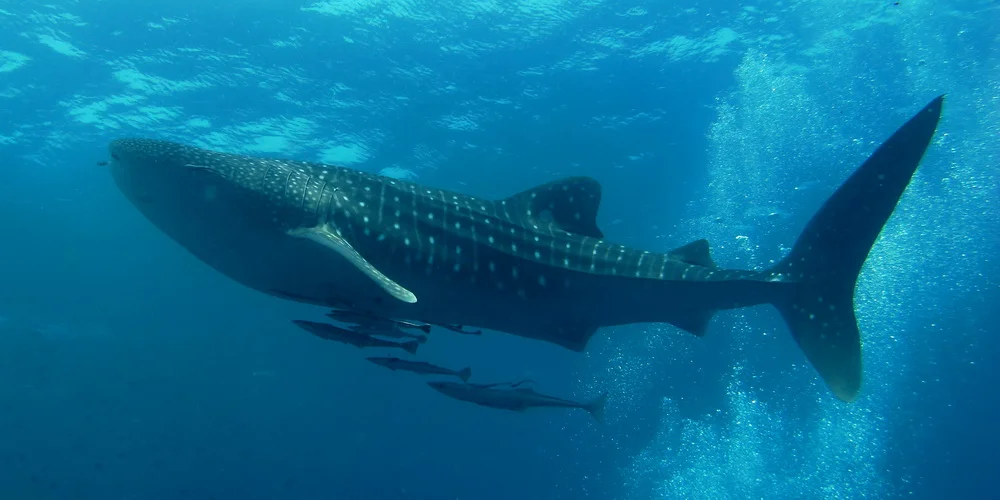As a graduate student in the 1970s, microbiologist Richard Blakemore probably wasn’t expecting to discover a new bacterial species with a never-before-seen ability. While studying bacteria that live in muddy swamps, he observed that some tended to swim reliably toward the same geographical direction. Even when he rotated the microscope, they persisted in wiggling toward one direction. After confirming that their swimming behaviors were unaffected by light, Blakemore suspected they might be responding to the weak magnetic fields naturally present on Earth.
How animals went from single cells to over 30 different body types
Whilst this planet has gone cycling on according to the fixed law of gravity, from so simple a beginning endless forms most beautiful and most wonderful have been, and are being, evolved. So wrote Charles Darwin, in his On the Origin of Species. The origin and evolution of animals is one of the most fascinating questions in modern biology.
Math shows how DNA twists, turns and unzips
Why you can smell rain
Why the summer sound of noisy crickets is growing fainter
Watch This Lifelike Robot Fish Swim Through the Ocean
How old is my pet in dog years or cat years? A veterinarian explains
Whale sharks gather at a few specific locations around the world – now we know why
The whale shark is the largest fish in the world, but much of its life cycle remains shrouded in mystery. These gentle giants gather in just a handful of places around the globe – something which has long baffled scientists – but our new research has started to explain why. Better understanding of whale shark movements could help prevent further population loss in a species that has already experienced a 63% population decline over the past 75 years.
Wollemi pines are dinosaur trees
To avoid humans, more wildlife now work the night shift
For their first 100 million years on planet Earth, our mammal ancestors relied on the cover of darkness to escape their dinosaur predators and competitors. Only after the meteor-induced mass extinction of dinosaurs66 million years ago could these nocturnal mammals explore the many wondrous opportunities available in the light of day.
Bees join an elite group of species that understands the concept of zero as a number
Scientists are using DNA to study ocean life and reveal the hidden diversity of zooplankton
A weird thing happened to men about 7,000 years ago
Is your dog happy? Ten common misconceptions about dog behaviour
Beyond honey bees: Wild bees are also key pollinators, and some species are disappearing
Could resurrecting mammoths help stop Arctic emissions?
A virus ‘cocktail’ could one day treat food poisoning
Supercontinent formation may be linked to a cycle of supertides
Earth’s crust is made up of fractured slabs of rock, like a broken shell on an egg. These plates move around at speeds of about 5cm per year – and eventually this movement brings all the continents together and form what is known as a supercontinent. The last supercontinent on Earth was Pangaea, which existed between 300-180m years ago.
This color-changing fish can ‘see’ with its skin
Starfish can see in the dark (among other amazing abilities)
If you go down to the shore today, you’re sure of a big surprise. Many will have witnessed the presence of a starfish or two when visiting the seashore or a public aquarium. Starfish come in an exciting range of colours and sizes, but have you ever given a thought to how this multi-armed wonder manages to exist in our oceans when it’s so unlike the other animals we know?














